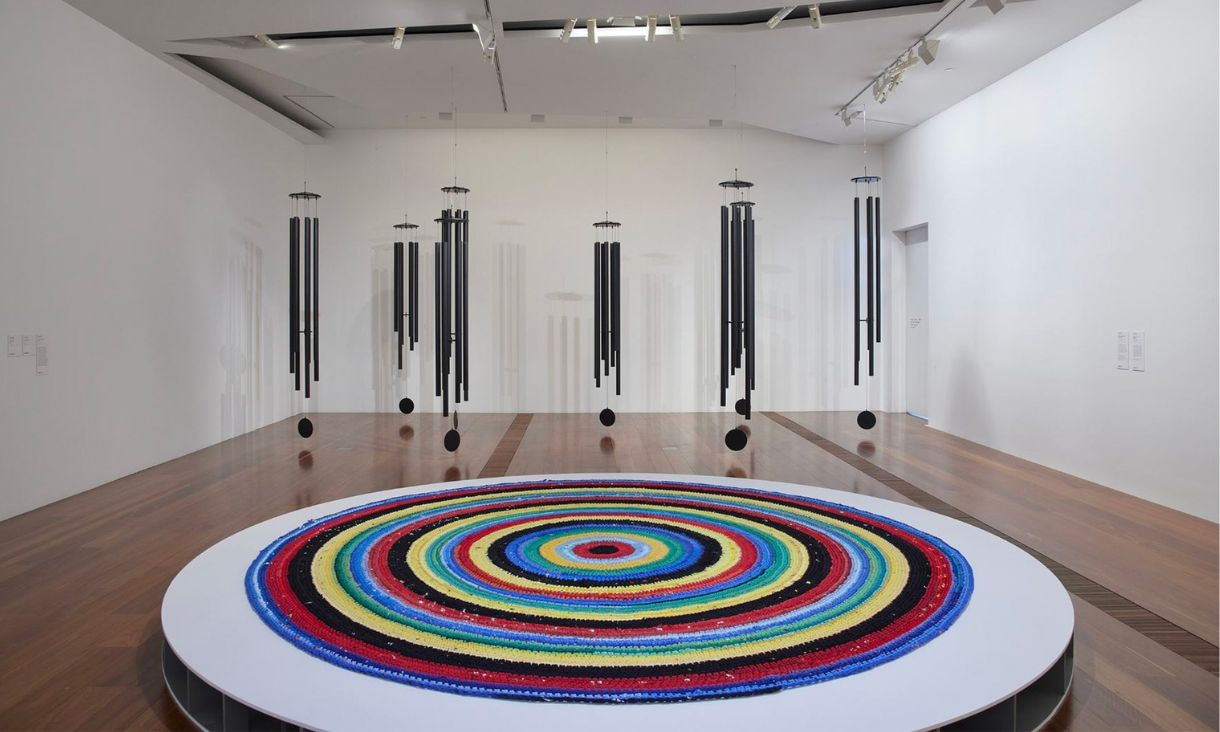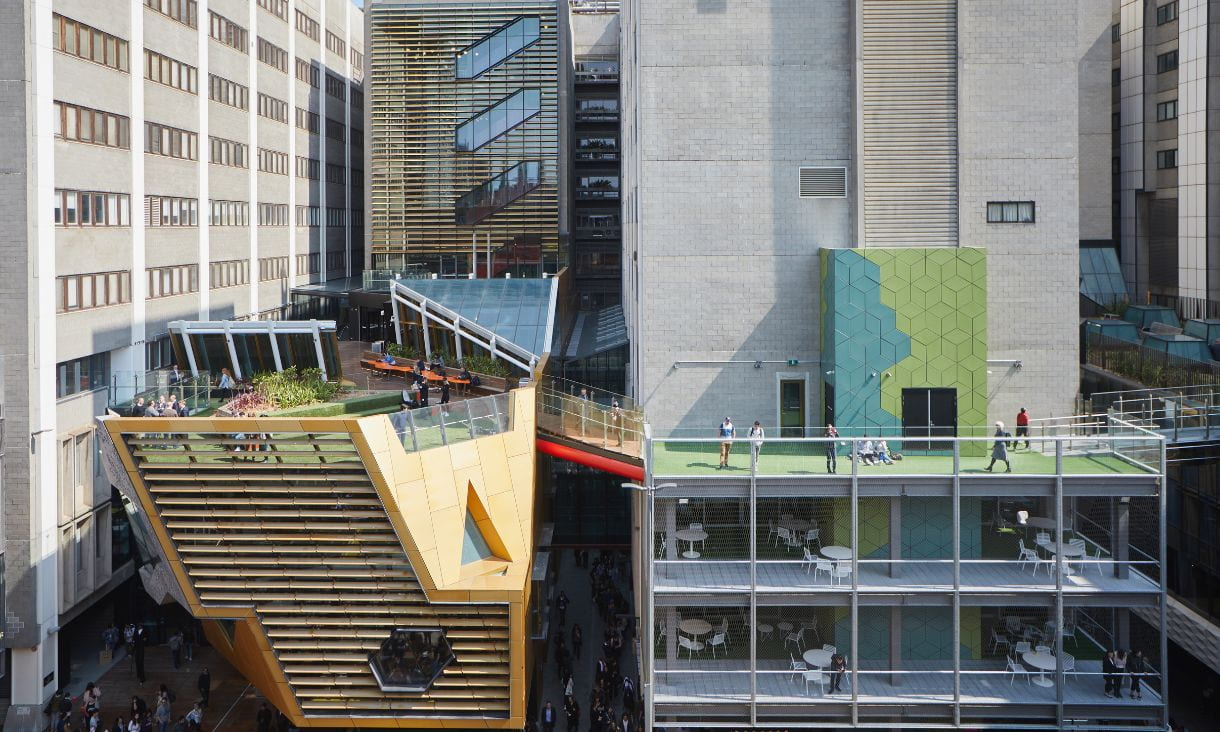“Human contradiction has always fascinated me,” said Nelson. “Especially between fear and power, complacency, and dissent.”
Speaking about the theme of protest, Nelson explained that her interest in the human psyche, what drives and shapes us as people is the core behind her exploration of the theme.
“I think of protest as an individual feeling vulnerable and then, acting defiantly,” she said.
“Essentially both come from a place of yearning and a desire for change. Without the right to voice our concerns there is no change and ultimately makes for poorer, dysfunctional, society.”
Nelson said the process behind creating her pieces, from conceptualisation to display, was a long and patient exercise.
“Each piece can take a month to several years to come to fruition,” she said.
“I rarely act on my initial ideas but allow them to marinate over time. I have been an artist for many years and have trained my brain to filter the unnecessary and search for what is essential. Therefore, I trust that some ideas will fade, and others will develop into new works.”
“Once an idea feels right, I spend considerable time researching the most appropriate methods of production. Only then, when all these factors are in place, do I begin to make the work.”
Highlighting the visual culture of Melbourne
The University’s footprint at Melbourne Now is also highlighted by the work of Associate Professor Brad Haylock, Associate Dean Communication Design, who curated the Babel Bookcase project.
This project offers an insight into the worlds of graphic design and communication design in and from Naarm/Melbourne over the past ten years.
Inspired by the Tower of Babel, Babel Bookcase is founded on the assumption that communication design is a means of connecting people, cultures and subcultures, and highlights the vital role that design plays in shaping our daily lives.
Haylock said it is significant to have communication design practitioners included in the exhibition
“It highlights the ever-present nature of the discipline – from Australia Post typography, urban placemaking, and the visual identities of some of Melbourne’s most-loved restaurants, to album artwork for indie musicians, world-leading examples of book design, and experimental projects that blur the lines between design and art.”
“Babel Bookcase showcases the expertise underlying so many items of communication design that we otherwise take for granted every day,” he said.
“It foregrounds the rich visual culture of our city, and it has been an opportunity to bring together different areas of specialisation from across the vibrant graphic design industry of today.”
RMIT City Campus on show
RMIT’s City Campus also makes an appearance in Melbourne Now with its acclaimed New Academic Street building featured as part of the Civic Architecture project.
Led by architectural and urban design practice Lyons, New Academic Street was created in collaboration with four other architectural practices – NMBW Architecture Studio, Harrison and White landscape architects, MvS Architects and Maddison Architects.









